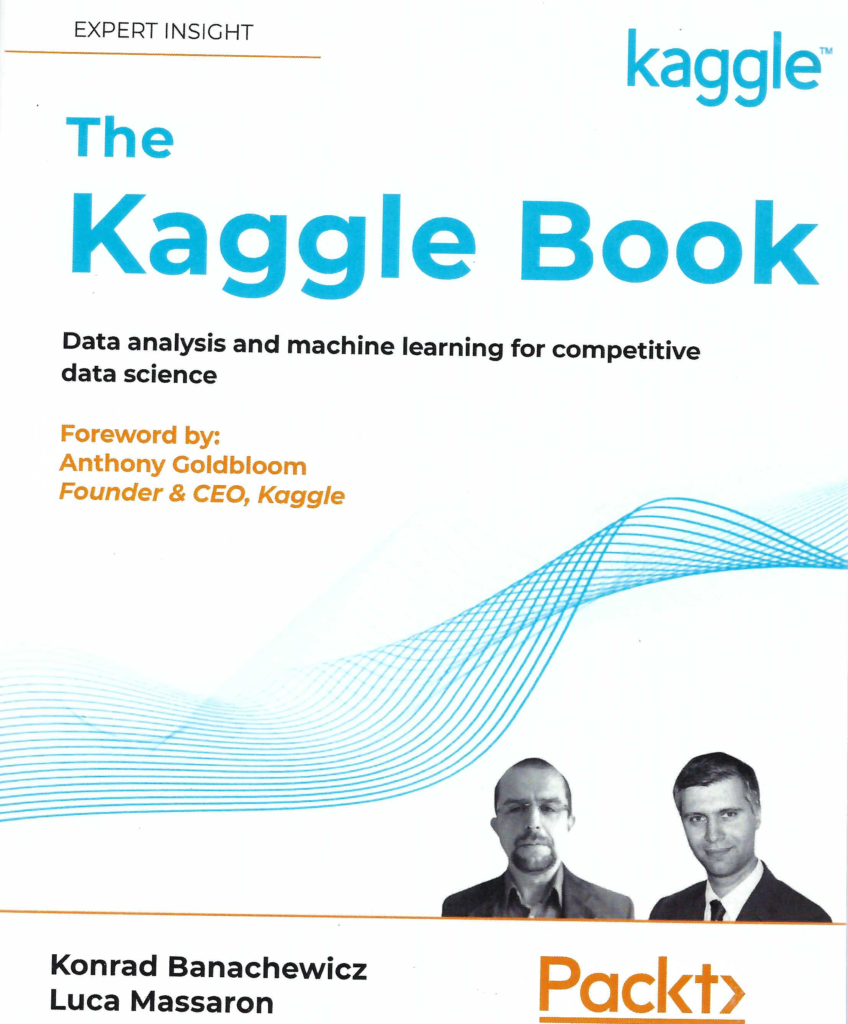A number of the books Luca and I have written or I have written on my own, including Artificial Intelligence for Dummies, 2nd Edition, Machine Learning for Dummies, 2nd Edition, Python for Data Science for Dummies, and Machine Learning Security Principles, talk about the five mistruths of data: commission, omission, bias, perspective, and frame of reference. Of these five mistruths, the one that receives the most attention is bias, but they’re all important because they all affect how any data science model you build will perform. Because the data used to create the model isn’t free of mistruths, the model can’t perform as expected in many situations. Consequently, the assertions in the article, LGBTQ+ bias in GPT-3, don’t surprise me at all. The data used to create the model is flawed, so the output is flawed as well.
I chose the article in question as a reference because the author takes the time to point out a problem in ever generating a perfect model, the constant change in human perspective. Words that were considered toxic in the past are no longer considered toxic today, but new words have taken their place. Even if a model were to somehow escape bias today, it would be biased tomorrow due to the mistruth of perspective.
So, why have I been using the term mistruth instead of the term lie? A lie is information that is passed off as true in order to avoid responsibility, to harm others in some way, or to knowingly pass off information that is untrue for personal gain. However, humans use mistruths all of the time to reduce the potential for arguments, to save someone’s ego, or simply because the information that the person has is inaccurate. A mistruth doesn’t have the intent of deceiving another for personal gain, but it’s still not true. So, when someone asks, “Do these pants make me look fat?” and another person states, tactfully, that, “They make you look voluptuous.” the statement could be true or a mistruth, but is done to keep an argument at bay and make the other person feel good about themselves. However, machine learning algorithms have no concept of this interplay and the model created using such statements will be biased.
Anthropomorphizing machine learning models doesn’t change the fact that they’re essentially statistically-based mathematical models of data with no understanding of anything built into them. So, true or not, the model sees all data as being the same—the only solution to the problem of bias is to clean the data. However, the human expectation after getting emotionally attached to their AI is that the AI will somehow just know when something is hurtful. Articles like, What is the Proper Pronoun for GPT-4?, point to the problem of why someone would ask the question at all. The interactions with AI have taken on a harmful aspect because humans are seeing them as sentient when they most certainly aren’t. The issue will come to a head when people try to use the bad advice obtained from their AI as a defense in court. Personally, I see the continued use of “it” as essential to remind people that no matter how human a model may seem, it’s still just a model.
It’s important to understand that I see AI as an amazing tool that will only get more amazing as data scientists, developers, and others add to it’s potential by doing things like adding more memory. Although I don’t agree that any machine learning model can be someone’s friend, articles like How to Use ChatGPT in Daily Life? do make a strong argument for using machine learning models as tools to enhance human capability. However, it is a person who thought up these uses, not the machine learning model. Machine learning models will remain limited because they can’t understand the data they manipulate. In fact, articles like Why ChatGPT Won’t Replace Coders Just Yet point out just how limited machine learning models remain. However, I do think that machine learning models will get expanded by humans to perform new tasks as described in articles like How To Build Your Own Custom ChatGPT With Custom Knowledge Base. Of course, if that custom knowledge base is biased in any way, then the output from the new model will also be biased.
It’s important to know that AI is moving forward and that it will be extended to do even more in assisting humans to realize their full potential. However, it’s also important to know that the five mistruths will continue to be a problem because machine learning models are unable to understand the data used to train them and to provide knowledge bases for their output. Realistic expectations will help improve AI as a tool that augments human capabilities and helps us achieve amazing things in the future. Let me know your thoughts on machine learning bias at [email protected].

